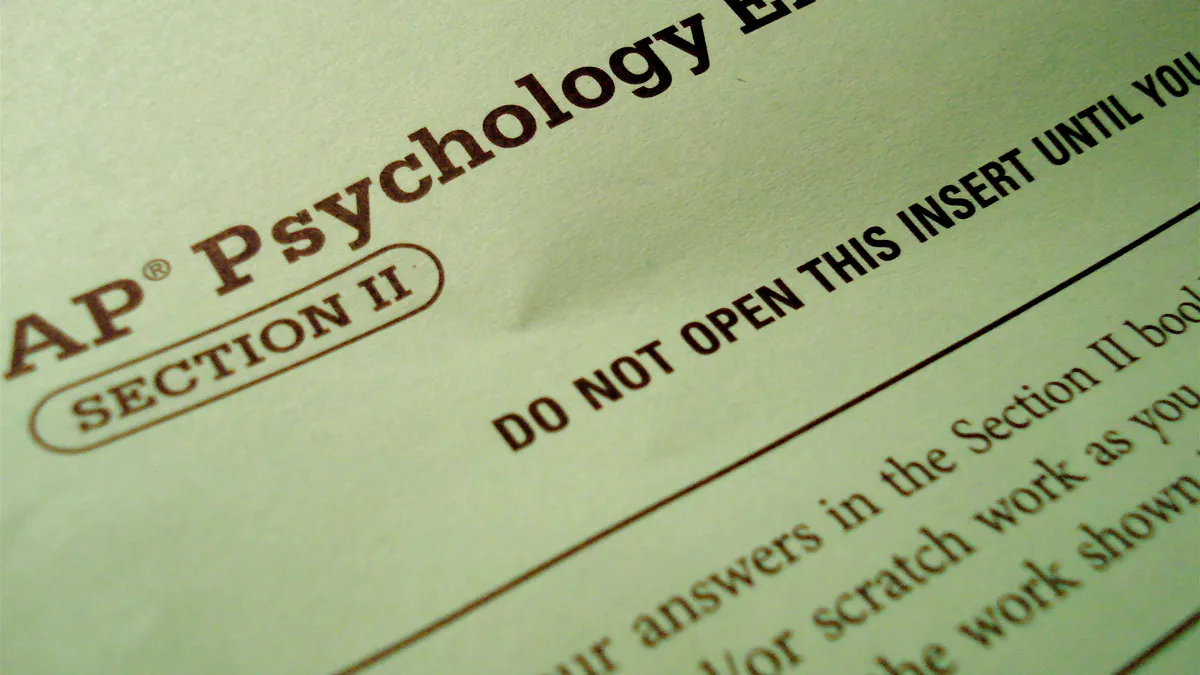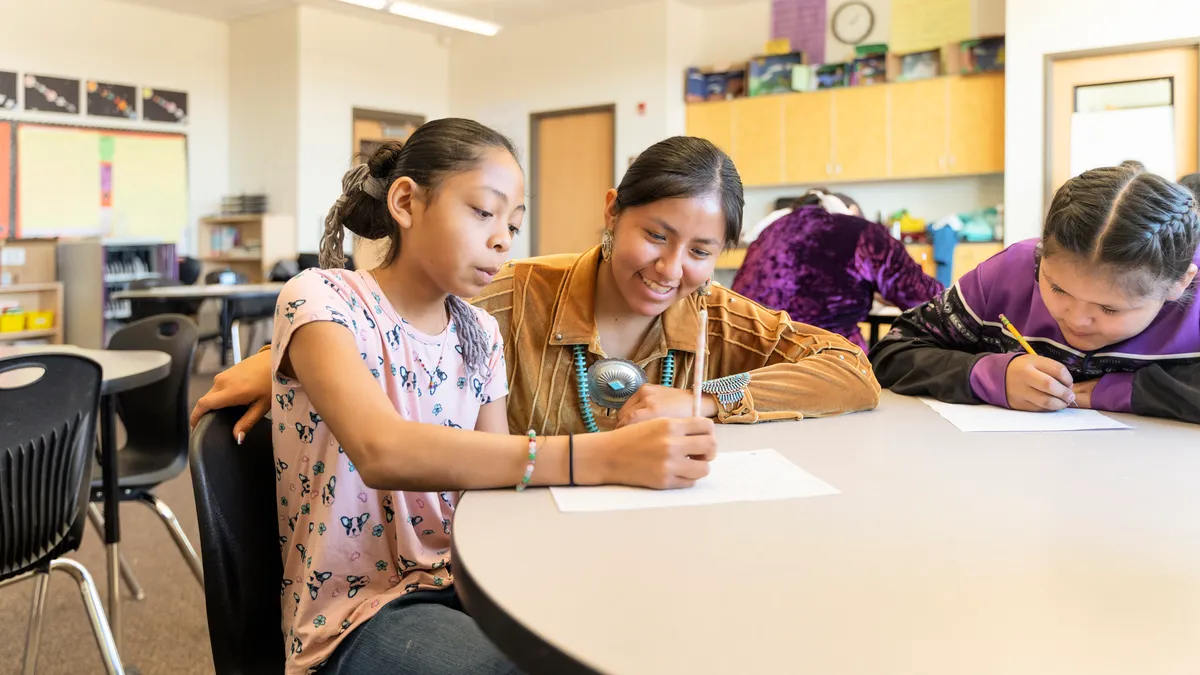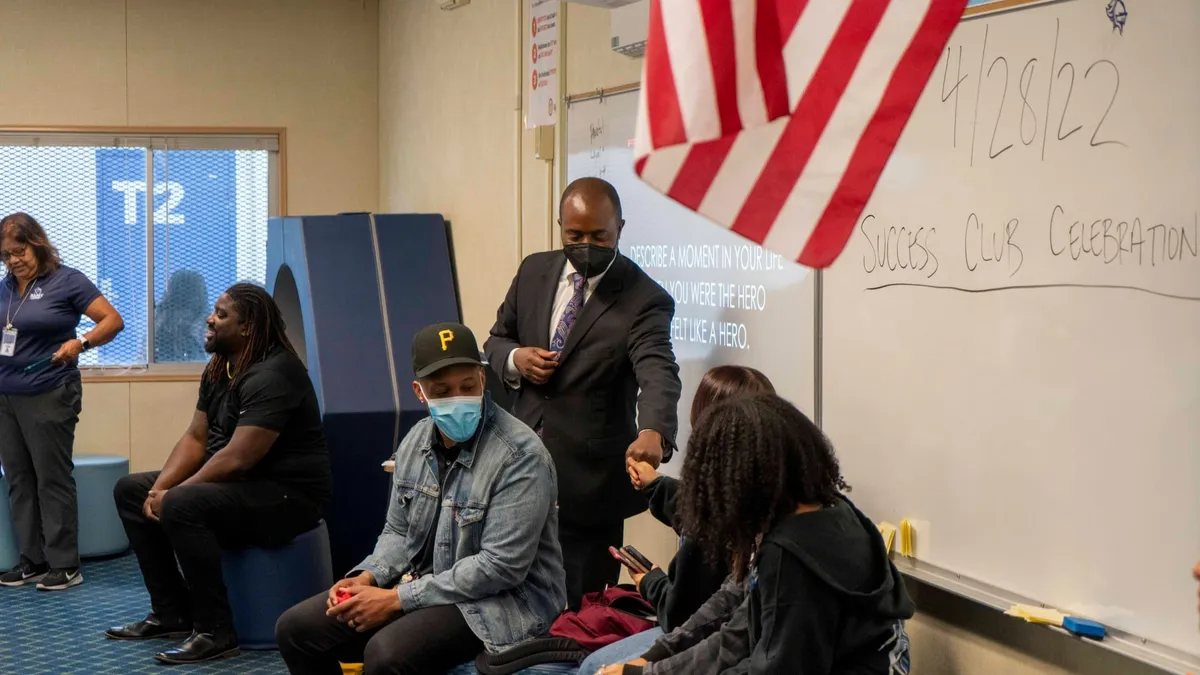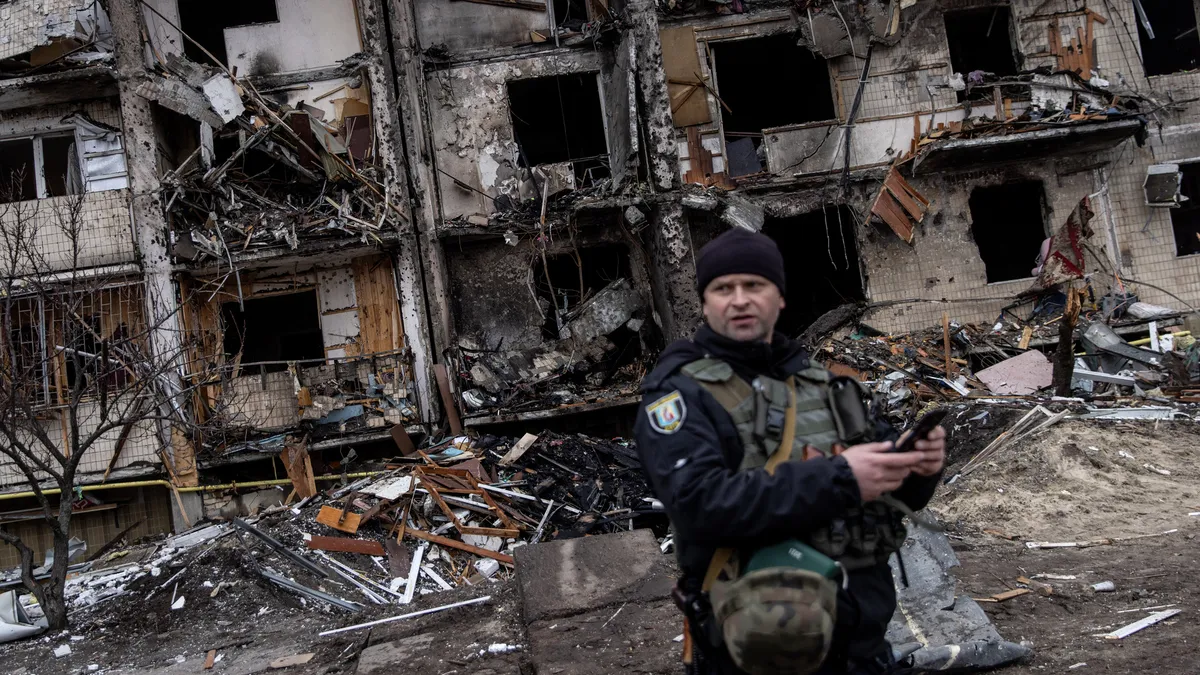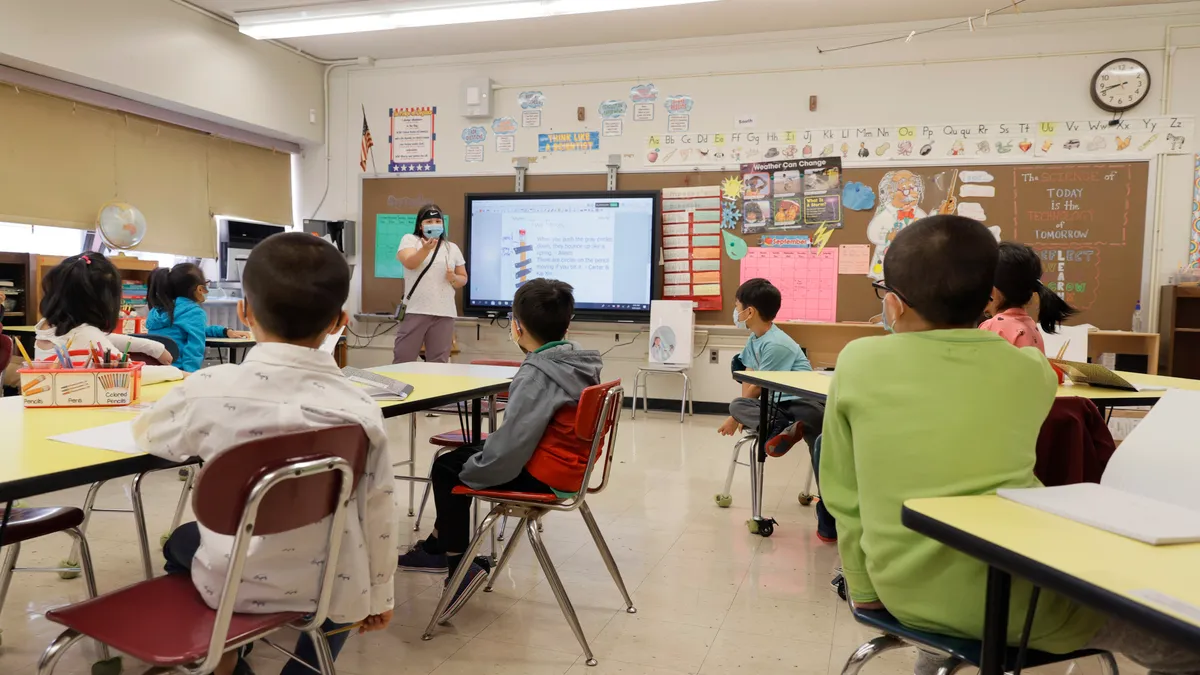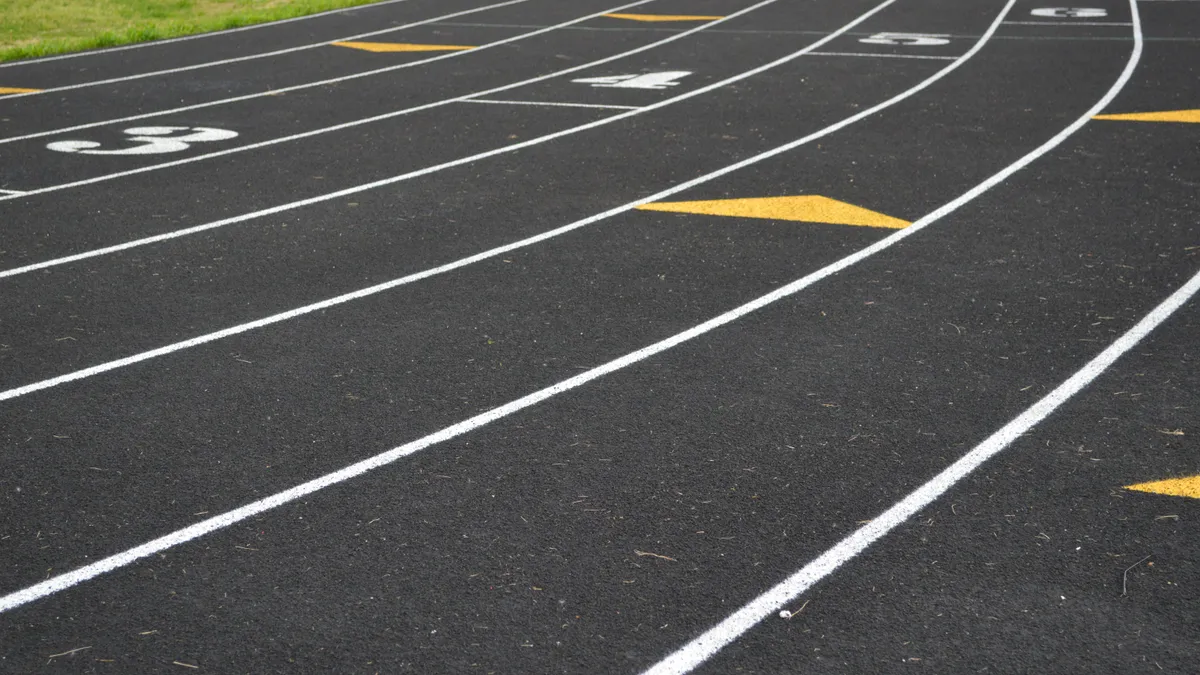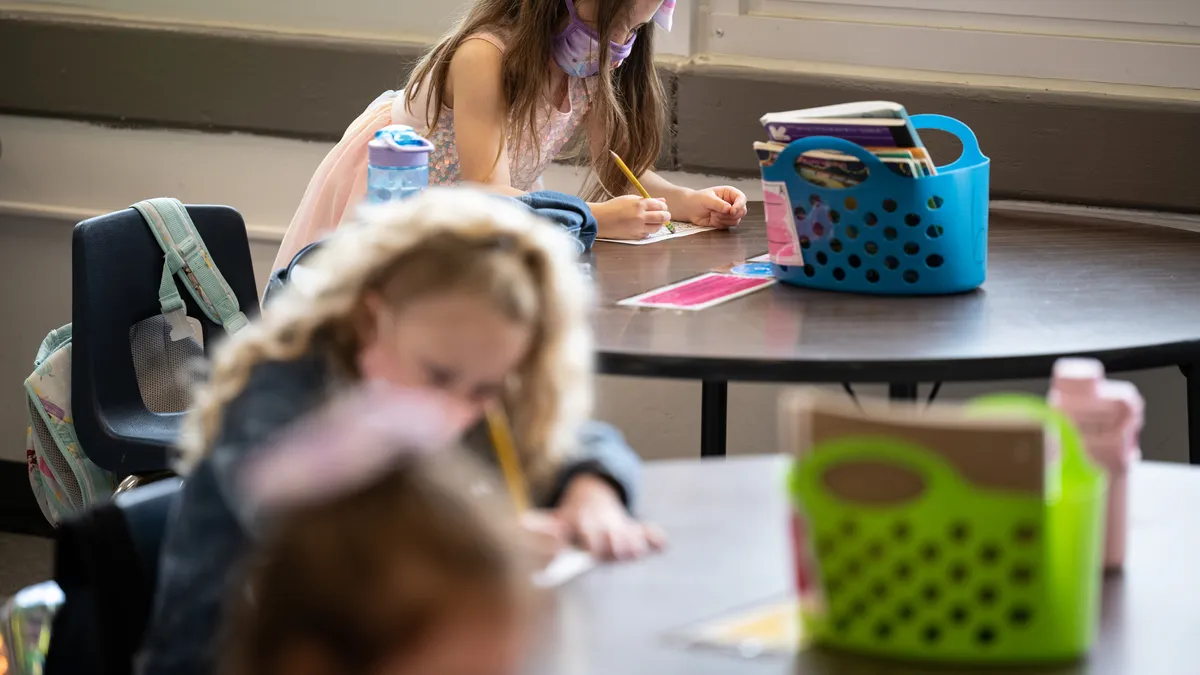Lynn Simmers is the assistant superintendent for the Southwest Allen County Schools in Indiana.
Although the most recent Nation’s Report Card from the National Assessment of Educational Progress indicates that less than half of students are at or above proficiency in all subjects, we have the opportunity to shift the culture of constant test preparation to one that empowers educators to focus their time and efforts on the delivery of challenging and equitable learning opportunities to all students.
As high accountability, public scrutiny and pressure for performance continue to pervade educational systems across the nation, we have the opportunity to: nurture a growth mindset that fosters the individual skills, talents and interests of each student; develop confident, self-advocating students; and encourage creativity, innovation, critical thinking and problem solving. By doing so, we can truly begin to address student achievement gains and learning gaps for all students.
While there is no panacea for raising student achievement and closing the learning gaps for all students, here are three initiatives that have allowed us to improve student achievement and professional practice across our district.
Give everyone the gift of coaching
The number one investment we can make in our teachers is professional development.
Continuous professional development is critical and should be part of the district culture. Teachers at Southwest Allen County Schools receive coaching on a regular basis, and we employ 11 full-time coaches in the areas of literacy, math, content and technology to support and empower staff. This is in addition to the workshops, conferences and in-service days we leverage for professional development throughout the year.
We believe it’s important to give everyone the gift of coaching. Components of coaching across the district include modeling, observing, exploring, and reflecting, as well as supporting teachers through critical junctures with specific groups of students and working with instructors to strengthen assessment and grading practices. All teachers, regardless of where they are in their own learning, deserve the opportunity to grow as an educator through professional development provided by an instructional coach. By doing so, coaching becomes professional learning with teachers rather than training done to teachers, and empowers and respects the voices of educators.
Having coaches available to all teachers is a way to build capacity across the entire school community and bring a district’s vision and mission to life. There is an amazing reciprocity of learning that takes place when coaches, working from a partnership perspective, expect to learn new ways to teach every time they observe and work with a teacher. Moreover, a coach’s skill and expertise are strengthened as a result of collaborating with teachers, working alongside them to implement improved instructional practices and reflecting on the deep questions they ask as part of the process. All of these experiences push a coach’s thinking and allow them to become even more effective in their role of helping to educate students.
Be intentional with blended learning
Creating an effective blended learning environment requires being intentional with technology, tools and resources. At Southwest Allen County Schools, we have a 1:1 device-to-student ratio, not to define the student experience, but to enhance it with intention. We also use software programs like DreamBox Learning Math to personalize and differentiate assignments and meet each student where they are in their learning journey, which has improved NWEA MAP growth by more than 70%. Our learning management system, Canvas, allows us to connect the many digital tools we utilize in one place, as well as strengthen engagement and communication with students and parents. The key is that each one of these tools supports a vision that existed before their implementation.
As we continue to focus on our vision of preparing today’s learners for tomorrow’s opportunities, current research and literature in educational reform maintains that future learning opportunities for students must: include personalized learning; address the digital divide of access to technology; incorporate the 4 C’s of a 21st century learning environment (connect, communicate, collaborate and create on a local, national and global scale), and empower students to be facilitators of their own learning.
Through the strategic implementation of a blended learning environment, we are able to provide instruction that addresses these educational goals, as well as build curriculum around challenges of real-world relevance and foster the individual skills, talents and interests of all students.
Prepare students for the future, not just the test
While scoring well on an assessment is important, it pales in comparison to the importance of the real-world tests students will face long after they have left our classrooms. Because of this, we believe we should be focused on preparing students for their futures rather than simply teaching to the next test.
It’s crucial we see all learners as unique individuals and collaboratively work with each student to develop the skillsets that will transform them into successful adults and good citizens. Our district’s Portrait of a Graduate includes the skills of problem solving, collaboration and creative thinking. We aim to have all students, from kindergarten through high school, confidently say, “I can be a collaborator, and here is what that looks like. I am a problem solver because I persist when things are difficult.”
We have operationalized our Portrait of a Graduate through intentionally defining each of these attributes with “I can” statements, which allows teachers the opportunity to take these statements and integrate them into their daily teaching.
We believe it’s also important to give students the confidence to fail forward. They need to understand that failures are a crucial part of learning and that they aren’t expected to have the answer to everything in life. This growth mindset coupled with the “I can” attitude helps us to ensure that student growth and learning are a priority across the district. By empowering students to be facilitators of their own learning who make mistakes, fail forward and use their own assessment data to become better learners, we can challenge our students to achieve more than they ever thought was possible.
As we continue to focus on preparing our students for work, college, life and the careers of tomorrow, I encourage each of us to remember the transformation of education that is necessary to ensure our students succeed. There is no one-size-fits-all solution, but I believe the pillars outlined here can be an inspiration for any district. I believe each one of us has an impact on student learning. Status quo should not be an option as we think about the learning opportunities our students need, want and deserve as a community. We can talk and dream about the schools of the future or we can go out and create them.
Just as we personalize lessons for students, we must tailor our approaches to improving education based on what we know about our own communities. We may not agree on the methods, but we can all agree that our shared mission to transform students into successful, thoughtful, lifelong learners is essential.





 Dive Awards
Dive Awards
